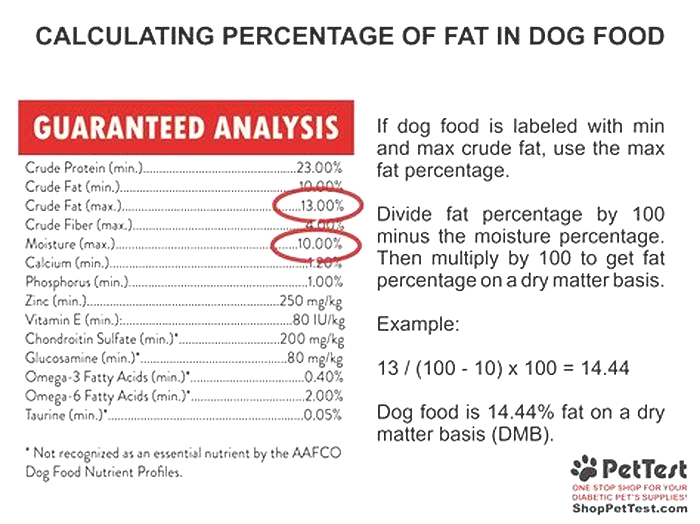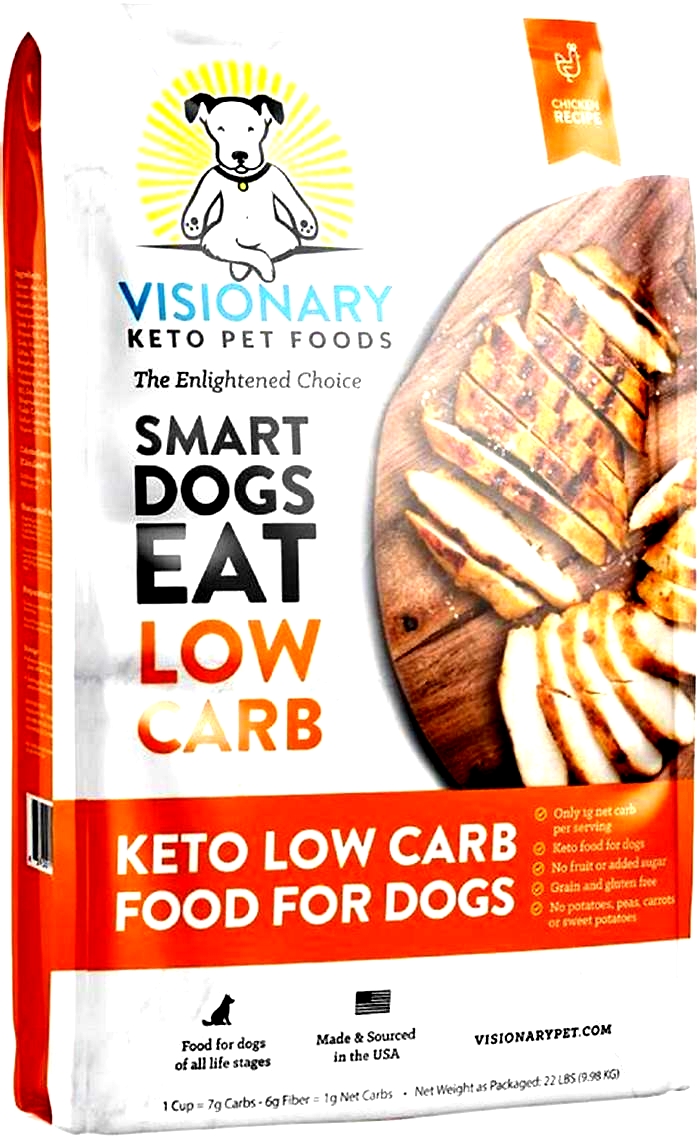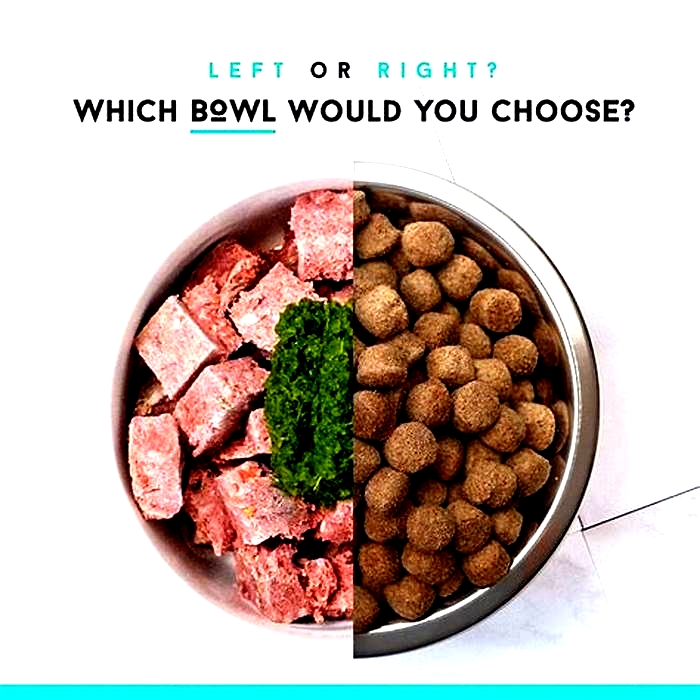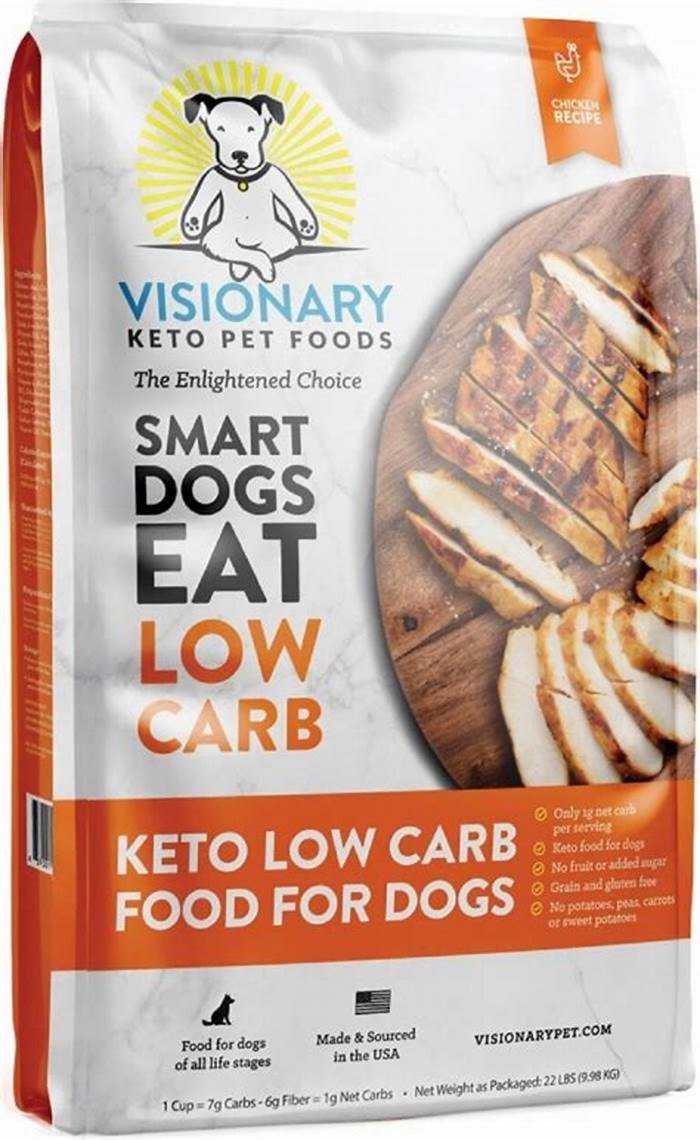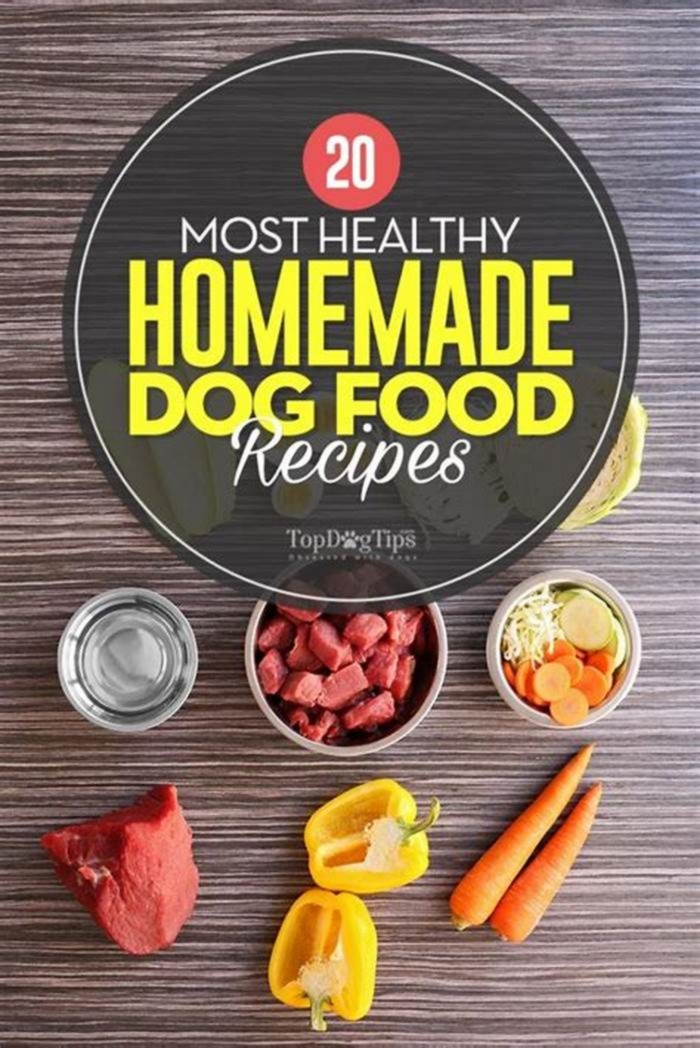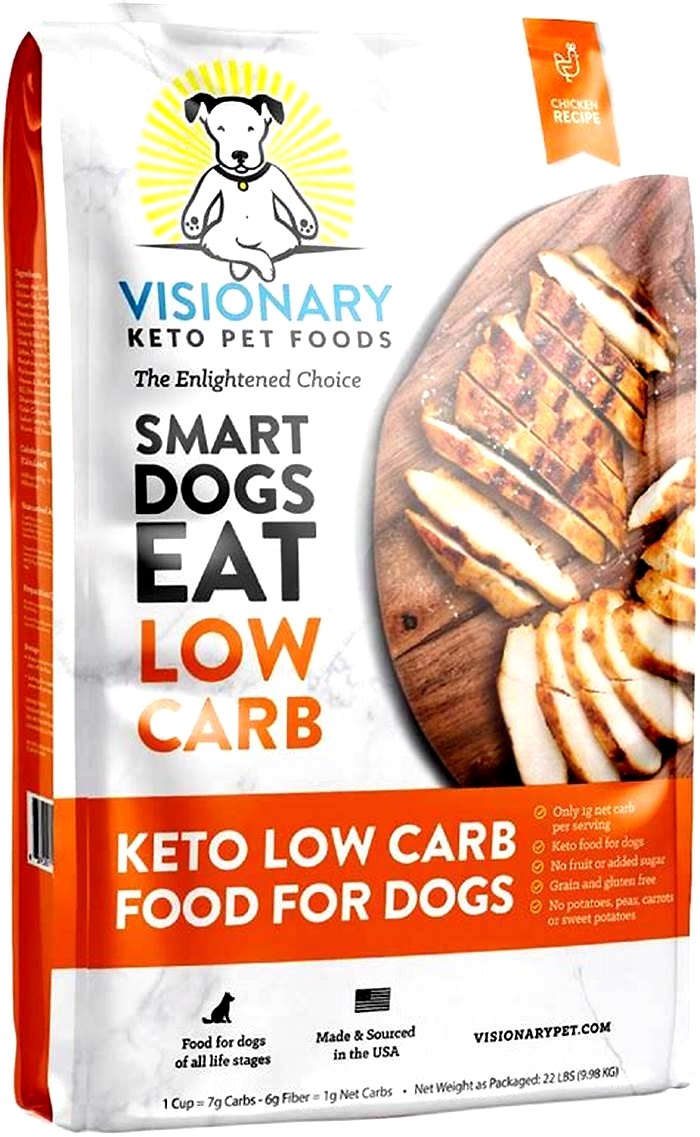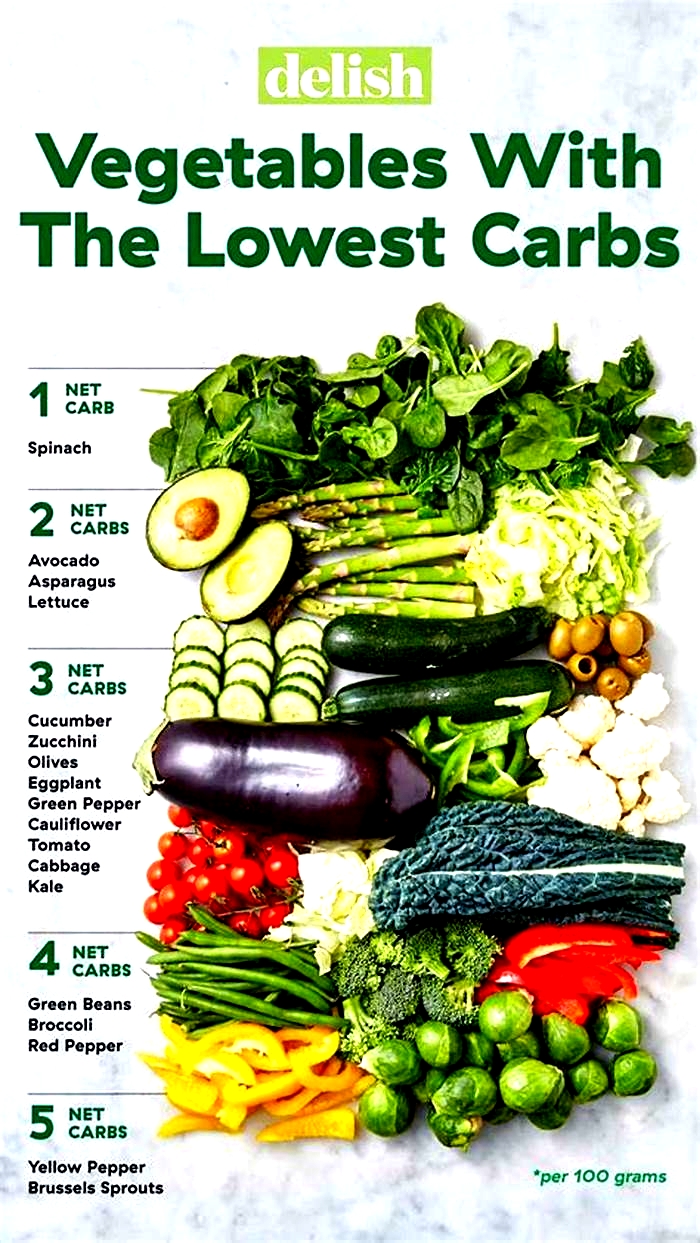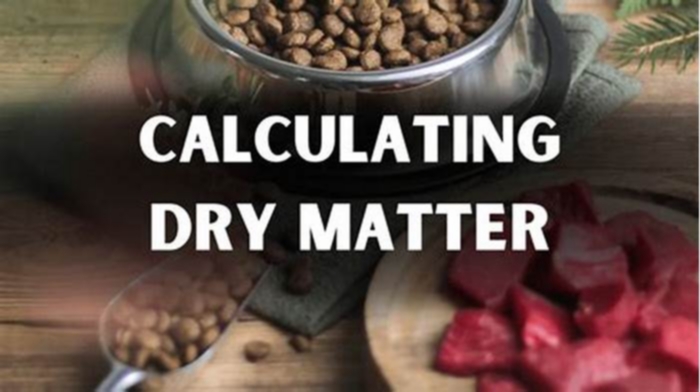How to figure carb content in dog food

Calculating a Dog Food Diets Protein, Fat, Carbs, and Fiber
[Updated July 19, 2017]
It is not easy to figure out how much fat and other nutrients are really in the food you feed, whether its kibble, canned food, or a home-prepared raw or cooked diet. Here are some tips that can help.
Methods of Nutrition Measurement
There are three different ways of measuring amounts of protein, fat, carbohydrates, and fiber in foods:
1.Percentage of dry matter
2.Percentage of calories (does not apply to fiber)
3.Grams per 1,000 calories
Dry matter percentages are easiest to use for commercial foods. Grams per 1,000 calories or percentage of calories are simpler ways to measure nutrients in a homemade diet.
When Feeding Your Dog Commercial Foods:
Pet food labels give you some, but not all, of the information you need in order to really know the nutritional composition of your dogs diet.
-The percentages of protein, fat, and fiber shown on dog food labels are guaranteed minimums and maximums, NOT actual amounts. The real amount of fat in particular may be much higher than what is shown on the label of some canned and raw diets. If your dog needs a low-fat diet, look for products that are lower in calories than similar foods.
For more accurate information, contact the company that makes the food youre interested in and ask them for a nutritional analysis showing the actual amount of protein, fat, fiber, ash, and moisture, as well as the number of calories in the food. Editors note: Some pet food makers (particularly small companies) may not have a complete nutritional analysis of their products. In our opinion, this reflects a lack of adequate research and investment in the product. When feeding a special needs dog, wed look to a company who has this current information on hand.
-The percentage of carbohydrates is not included on most labels or nutritional analyses. To calculate the percentage of carbohydrates in a commercial diet, subtract the percentages of protein, fat, moisture, crude fiber (an indigestible part of carbohydrates), and ash from 100. This percentage may be shown as nitgrogen-free extract (NFE) on a nutritional analysis.
-Total dietary fiber is likely much higher than the crude fiber shown on the label. If dietary (soluble plus insoluble) fiber is not shown on a complete nutritional analysis, there is no way to calculate it.
When Feeding Fresh Foods:
When feeding a home-prepared diet comprised of fresh food ingredients, it can be a bit more challenging to calculate some of the nutrient values that youd like to know when feeding a diabetic dog.
-To calculate the caloric content of the food, look up the ingredients or enter a recipe on NutritionData.com. The number of calories from protein, fat, and carbohydrates, along with the total calories, are given in the calorie information section, and the calorie percentages are shown in the caloric ratio pyramid.
-To calculate the grams of protein, fat, etc., per 1,000 calories, divide grams of any nutrient by total number of calories, then multiply by 1,000 to get grams per 1,000 kcal. For example, raw skinless chicken breast contains 6.5 grams of protein, 0.3 grams of fat, and 30.8 calories per ounce:
6.5 30.8 x 1,000 = 211 grams of protein per 1,000 kcal
0.3 30.8 x 1,000 = 9.7 grams of fat per 1,000 kcal (GFK)
As Fed versus Dry Matter
The percentages of protein, fat, etc., shown on a pet food label are expressed as fed meaning, as the food is delivered in its package. Some percentage of the food is comprised of moisture (water), which of course contains no protein, fat, fiber, or other nutrients. Kibble generally contains about 10 percent moisture; wet foods (canned, frozen, or fresh) contain as much as 80 percent or more moisture.
So, think about it: When a label says that a food contains (for example) 4 percent fat, in order to really understand how much fat you are about to feed your dog, you also have to know how much moisture is in the food. What you really want to know is how much fat (in this example) is in the food part of the food the dry matter. Any serious discussion of nutrition, or comparison of dry and wet diets, then, requires the conversion of the nutrient values from as fed to dry matter. Dont worry; it sounds technical, but its easy to do.
-To calculate dry matter (DM) percentages, first determine the amount of dry matter by subtracting the percentage of moisture from 100. Then divide the as fed percentage by the amount of dry matter to get the dry matter percentage. For example, if a canned food has 75 percent moisture and 4 percent fat:
100 75 = 25 percent dry matter
4 25 = 16 percent fat on a dry matter basis
Best Low-Carb Dog Foods: Fresh, Dry, and Canned Options!
Carbs are important macronutrients that appear in practically every dog kibble on the market. Theyre usually sourced from plants and cereal grains like oats and barley, and they can help keep your four-footer energized (and zoomie-in) throughout the day.
The relative proportion of carbohydrates differs pretty significantly from one kibble to the next. While carbs do have their benefits, some pups need or thrive best when fed dog food with a low carbohydrate content since youre here, we assume thats the case for your pup!
Below, well share some of the best low-carb dog foods on the market to help.
What Is a Low-Carb Dog Food?
Most dog foods on the market have a carbohydrate content of between 30% and 60%.
So, while there is no official definition of low carb dog food,most authorities consider low-carb dog foods to have a carb content of below 25%.
Unfortunately for carb-conscious pup parents, a kibbles carb content isnt always listed on the packaging. This is mainly because it isnt a requirement set by the Food and Drug Administration (FDA).
However, you can work out the carb content of dog food by using this nifty equation:
- Add up the percentages of protein, fat, moisture, and ash recorded in the foods guaranteed analysis (found on the nutrition label).
- Subtract the resulting figure from 100.
- The result is the foods carbohydrate content.
Or, if the whole idea of math is nightmare-inducing, you can use an online calculator instead.
Quick tipYou need to know the ash content to work out a kibbles carb content. If the ash content isnt featured on the label, use an estimate of 2.5% for wet canned food and 8% for dry food (as per Applied Veterinary Clinical Nutrition, Andrea J. Fascetti, Sean J. Delaney).
The 5 Best Low-Carb Dog Foods
Weve sifted through the market and found five awesome low-carb dog foods you may want to consider for your pupperino. They all have a carb content below 25% without compromising on taste or quality, and most canines approve of em too!
1. Nom Nom Fresh Dog Food (Best Overall Low-Carb Dog Food)
Best Overall Low-Carb Dog Food
Nom NomA fresh, human-grade dog food that can be tailored to your pups needs and delivered straight to your door (super tasty, super convenient).
Special Discount:New customers can get 50% off!
Buy Now (Get 50% Off) Buy on ChewyAbout: Is your pup is a fussy eater who refuses to dine on anything but Michelin-grade cuisine? Then Nom Nomis easily the best bet for your low-carb needs. Made from fresh ingredients and bursting with flavor, these meals are packed with juicy chunks of meat that dogs go barking mad for.
Plus, Nom Nom even offers to create a customized meal plan based on your four-footers dietary concerns, and then delivers the kibble pre-portioned straight to your door. Truly a fine dining experience.
First Five Ingredients: Turkey, Brown Rice, Eggs, Carrots, & Spinach
Features:
- Several recipes available (Beef Mash, Chicken Cuisine, Pork Potluck, and Turkey Fare)
- Made from US-sourced, human-grade ingredients
- Subscription service; pre-portioned food is delivered directly to your door
- Food made in small batches to ensure unmatched quality
Ingredients List
Turkey, Brown Rice, Eggs, Carrots, Spinach...,
dicalcium phosphate, potassium chloride, beef fat, citric acid, salt, vinegar, calcium carbonate, water, fish oil, choline bitartrate, iron amino acid chelate, vitamin e supplement, taurine, natural flavor, zinc gluconate, copper gluconate, niacin (vitamin B3), manganese gluconate, vitamin A supplement, thiamine mononitrate (vitamin B1), pyridoxine hydrochloride (vitamin B6), riboflavin (vitamin B2), cholecalciferol (source of vitamin D3), potassium iodide, folic acid, vitamin B12 supplement.
Calculated carb content: 10.5%
Pros
- Recipes formulated by board-certified veterinary nutritionists
- Can be tailored to your dogs dietary needs
- Pups find the taste and aroma irresistible (ideal for fussy eaters)
- One of the few foods made from only US-sourced ingredients
Cons
- Turkey Fare is the only grain-inclusive Nom Nom recipe
- Unfortunately, Nom Nom is pretty expensive
2. Ketona Chicken Recipe Dry Dog Food (Best Low-Carb Dry Dog Food)
Best Low-Carb Dry Dog Food
About: Ketona Chicken Recipe is a grain-free dry dog food thats rich in protein and bursting with drool-worthy chicken flavor. But it wont just get your pups chops drooling; its sure to please you too, with its sustainably sourced ingredients and impressively low carb content.
The formula also comes packed with minerals and vitamin supplements, so your pup is sure to get the nutrition he needs with every chomp.
First Five Ingredients: Chicken, Chicken Meal, Peas, Chicken Fat, & Pea Protein
Features:
- Sustainably sourced ingredients, including US-raised GMO-free chicken
- At least 46% protein content
- Manufactured in the USA
- Grain-free formula, with no soy, wheat, potatoes, barley, or corn
Ingredients List
Chicken, Chicken Meal, Peas, Chicken Fat (Preserved with Mixed Tocopherols), Pea Protein...,
Ground Miscanthus Grass, Flaxseed, Gelatin, Natural Flavor, Salt, Marine Microalgae, Zinc Proteinate, Iron Proteinate, Vitamin E Supplement, Copper Proteinate, Manganese Proteinate, Niacin Supplement, Sodium Selenite, D-Calcium Pantothenate, Riboflavin Supplement, Vitamin A Supplement, Thiamine Mononitrate, Vitamin D3 Supplement, Pyridoxine Hydrochloride, Vitamin B12 Supplement, Folic Acid, Calcium Iodate, Rosemary Extract.
Calculated carb content: 19%
Pros
- Boasts a really low carb content for a kibble
- Great low-carb option for diabetic dogs due to its equally low sugar content (0.5%)
- Pup parents say their dogs cant get enough of the taste
Cons
- This is an expensive kibble
- Small kibble size; may not be ideal for large to giant breeds
3. Wellness Natural Weight Management Wet Pet Food (Best Low-Carb Wet/Canned Dog Food)
Best Premium Canned Option
About: While some dogs appreciate the satisfying crunch of kibbles, others love the soft, moist texture of wet food. Wellness Natural Weight Management is a fantastic low-carb wet food option, with a grain-free, nutrient-dense formula that comes in a mouth-watering chicken flavor.
And another awesome perk? Its been designed with weight management in mind, making it well-suited to four-footers with a little too much fluff around the edges.
First Five Ingredients: Chicken, Chicken Broth, Turkey Broth, Pork Liver, & Whitefish
Features:
- Made in the USA with non-GMO ingredients and no poultry by-products
- Pt-like smooth texture with chicken flavor
- Rich in omega-3s
- Includes a proprietary blend of botanicals and nutritional supplements
Ingredients List
Chicken, Chicken Broth, Turkey Broth, Pork Liver, Whitefish...,
Chicken Meal, Turkey, Dried Ground Peas, Potato Protein, Pea Fiber, Ground Flaxseed, Carrots, Sweet Potatoes, Kale, Broccoli, Spinach, Parsley, Apples, Blueberries, Cassia Gum, Xantham Gum, Guar Gum, Potassium Chloride, Salt, Alfalfa Meal, Chicory Root Extract, Yucca Schidigera Extract, Dried Kelp, Choline Chloride, Sunflower Oil, Zinc Proteinate, Iron Proteinate, Thiamine Mononitrate, Vitamin E Supplement, Copper Proteinate, Manganese Proteinate, Sodium Selenite, Cobalt Proteinate, Niacin Supplement, d-Calcium Pantothenate, Vitamin A Supplement, Riboflavin Supplement, Biotin, Vitamin B12 Supplement, Potassium Iodide, Pyridoxine Hydrochloride, Vitamin D3 Supplement, Folic Acid.
Calculated carb content: 5%
Pros
- Low-carb option thats been formulated specifically with weight management in mind
- The smooth, soft texture means its easy to use as a food topper (or stuff inside puzzle toys).
- May help boost hydration levels for poor-drinking doggos
Cons
- Some dogs werent ecstatic about the taste
- Storing canned leftovers is tricky
4. Primal Freeze Dried Nuggets (Best Freeze-Dried Low-Carb Dog Food)
Best Freeze-Dried Low-Carb Dog Food
About: Primal Freeze Dried Nuggets area fantastic low-carb option for dogs who enjoy the taste and texture of freeze-dried dog foods. Nutritionally dense, this food is made from ethically sourced lamb, and packed with USDA-certified organic produce. As a bonus, it also works well as a food topper.
First Five Ingredients: Chicken, Chicken Livers, Organic Carrots, Organic Squash, & Organic Kale
Features:
- Freeze-dried form with a long shelf life
- Made with grass-fed lamb raised without antibiotics, steroids, or hormones
- USDA-certified organic fruits and vegetables
- Free from corn, wheat, soy lentils, grains, gluten, and synthetic vitamins and supplements
Ingredients List
Chicken (with ground bone), Chicken Livers, Organic Carrots, Organic Squash, Organic Kale...,
Organic Apples, Organic Pumpkin Seeds, Organic Sunflower Seeds, Organic Broccoli, Organic Blueberries, Organic Cranberries, Organic Parsley, Organic Rosemary Extract, Organic Apple Cider Vinegar, Montmorillonite Clay, Fish Oil, Organic Quinoa, Organic Coconut Oil, Vitamin E Supplement, Organic Ground Alfalfa, Dried Organic Kelp, Zinc Sulfate.
Calculated carb content: 6%
Pros
- Great low-carb option for dogs who prefer freeze-dried foods
- Formulated with digestibility in mind to promote good gut health and nutrient absorption
- Made with sustainably sourced ingredients, including organic fruit and vegetables
Cons
- Require rehydration, which can be a hassle (and messy)
- Expensive if you want to use it as your woofers main kibble
5. ORIJEN Amazing Grain Dry Dog Food (Best Grain-Inclusive Low-Carb Dog Food)
Best Grain-Inclusive Low-Carb Dog Food
About: Pup got constipation woes? Then his bowels (and your nose) will love ORIJEN Amazing Grain Dry Food. The low-carb kibble consists of high-quality ingredients and is packed with a premium grain blend to promote gut health and digestion.
It tastes great too, with a freeze-dried food coating that provides a burst of flavor with every bite. Its gutterly delicious.
First Five Ingredients: Venison, Duck, Flounder, Lamb Meat, & Duck Liver
Features:
- Grain-inclusive formula (contains quinoa, millet, chia, oats, and oats groats)
- Suitable for all breeds and life stage
- Packed with minerals and vitamins
- Made in the USA
Ingredients List
Venison, Duck (Ground With Bone), Flounder, Lamb Meat, Duck Liver...,
Herring, Lamb Liver, Wild Boar Liver, Wild Boar, Goat Meat, Pea Fiber, Whole Pumpkin, Collard Greens, Carrots, Apples, Wild Boar Bone, Lamb Kidney, Lamb Tripe, Wild Boar Heart, Goat Liver, Goat Tripe, Goat Kidney, Duck Heart, Dried Help, Zinc Proteinate, Potassium Chloride, Manganese Proteinate, Copper Proteinate, Calcium Pantothenate, Vitamin E Supplement, Mixed Tocopherols (Preservative).
Calculated carb content: 17%
Pros
- The first 5 ingredients are fresh or raw animal proteins
- One of the few low-carb, grain-inclusive recipes on the market
- Freeze-dried food coating to maximize flavor
Macronutrients and Carbs Explained
Navigating macronutrients and carbs especially can be pretty confusing. Before we delve into our top food picks, well get you up to speed on what exactly macronutrients are and what low-carb dog food generally means.
Every food is comprised of different kinds of macronutrients or macros the main nutrients your four-footer (and any animal, for that matter) needs to survive.
There are three primary types of macronutrients: proteins, fats, and carbohydrates (technically, water and alcohol are other types of macronutrients).
Each macronutrient plays a role in helping maintain bodily structures and systems, but well be focusing on carbohydrates today.
Carbohydrates are substances that provide the body with a rich source of energy. More specifically, when carbs are consumed, theyre naturally broken down into glucose, which is the main energy source for cells, tissues, and organs.
Carbohydrates for Dogs: Simple & Complex
Carbs come in a variety of forms and are grouped into two main types: simple and complex.
Simple carbohydrates are sugars. Theyre easy for the body to absorb and provide a quick burst of energy.
In comparison, complex carbs include starches and fibers. Theyre broken down a lot more slowly, resulting in a more gradual release of energy.
Just keep in mind that fiber isnt digested like other foods; we (and our four-footers) dont have the necessary enzymes to properly break down its molecular structure. However, fiber still benefits the body in several ways, from improving digestive health to helping to regulate blood sugar. More on this later.
Both simple and complex carbs can be found in a wide range of foods. Some common carb-rich foods used in dog kibble include:
- Rice
- Corn
- Sweet potato (or potato)
- Barley
- Quinoa
- Blueberries
- Carrots
- Peas
- Oats
- Millet
- Yam
- Lentils
- Whole wheat
As a side note, most carb-rich foods used in kibble typically contain fats and proteins as well two of the other important macronutrients.
What Does Net Carbs Mean for Dog Food?
On the topic of carbohydrates in dog food, theres another concept youll want to understand: net carbs.
Net carbs refers to the total number of carbs that are actually digested by the body. As we mentioned earlier, fibers are a complex carb that cant be absorbed. So, net carbs do away with them (as well as a portion of the sugar alcohols in some cases).
Net carbs isnt an officially recognized term by the AAFCO (or other nutritional health organizations) and there are a lot of opinions about how helpful it is as a guideline. Its also never going to be entirely accurate because it doesnt factor in the effects of processing on fiber.
In general, though, it may be worth looking into if your pup experiences blood sugar issues or needs help with weight loss.
Are Carbs Good for Dogs?
In general, carbs are good for our four-footers.
They provide an important source of energy and can help support and maintain their digestive systems. Carbs are also often used to improve the texture and taste of dog kibble something your pup will no doubt appreciate.
A common misconception is that dogs arent able to digest and metabolize carbs properly. However, four-footers are more than capable of digesting cooked carbs, especially in the form and quantity that appears in kibble.
And while carbs arent technically essential in our puppers diets they have no dietary requirement for carbs and can get everything they need from the two other main macronutrients (proteins and fats) carbs do have benefits and are often rich in other important nutrients, like antioxidants, vitamins, and fatty acids.
All that said, carbs arent ideal for every pup. Some dogs have health conditions that cause them to need fewer carbs than others. Well delve deeper into these health conditions below.
Which Dogs Need Low-Carb Diets?
Canines experiencing the following health complications may benefit from a low-carb diet:
- Diabetes: Diabetic dogs struggle with high blood sugar levels, and carbs which have been known to increase sugar levels can exacerbate symptoms and make the condition worse.
- Inflammatory conditions: Carbs (particularly refined carbs) have been associated with an increase in inflammation in the body, so cutting down on them may help alleviate inflammatory conditions such asarthritis and inflammatory bowel disease (IBD).
- Epilepsy: A 2019 study has shown that controlling carb content may potentially lead to fewer seizures. Just note that there isnt much research into this area yet.
- Obesity: Simple carbs provide a lot of energy quickly, but if theyre not used immediately they (or excess calories in any other form) get stored in your four-footers body as fat.
- Allergies or food sensitivities: Some pups have allergies or food sensitivities to carb-rich foods, particularly grains like wheat and barley.
Low-Carb Dog Foods: FAQ
Carbs can be tricky to wrap your head around. Well try and help clear things up by answering some common questions pup parents have about low-carb dog foods.
What is a low-carb diet for dogs?
A low-carb diet for dogs is a diet that consists of a low carbohydrate intake (which necessitates a higher protein and/or fat content)). The diet can potentially help manage certain health conditions and is particularly well-suited to diabetic four-footers.
Low-carb dog foods generally have a carb content of below 25% and they come in a wide range of forms, flavors, and textures.
Should I consider feeding my dog a low-carb diet?
A low-carb diet can be a good option for pups with some specific health conditions. However, as you should before making any food change, discuss the issue with your vet.
Are low-carb dog foods suitable for all dogs?
Low-carb dog foods are suitable for many dogs, but once again, you should speak to your veterinarian before making dietary changes the exact amount of each macronutrient a dog needs can vary on factors like age, weight, health, and activity level.
Do note that young puppies and pregnant (or nursing) dogs shouldnt be put on low-carb diets. They need the carbs to support their higher energy needs and to minimize the risks of hypoglycemia.
What dry dog food has the fewest carbs?
Is low carb dog food better?
Low-carb dog kibble isnt necessarily better than other dog foods. The food thats best for your pup ultimately depends on his individual needs. For example, low-carb dog food may be a great option for pups with diabetes or inflammatory conditions, but it isnt a suitable option for all dogs.
Is your pup on a low-carb diet? What foods have worked the best for him, and have you noticed any positive effects on his health? Let us know in the comments down below, and feel free to share any other low-carb dog foods weve missed!

